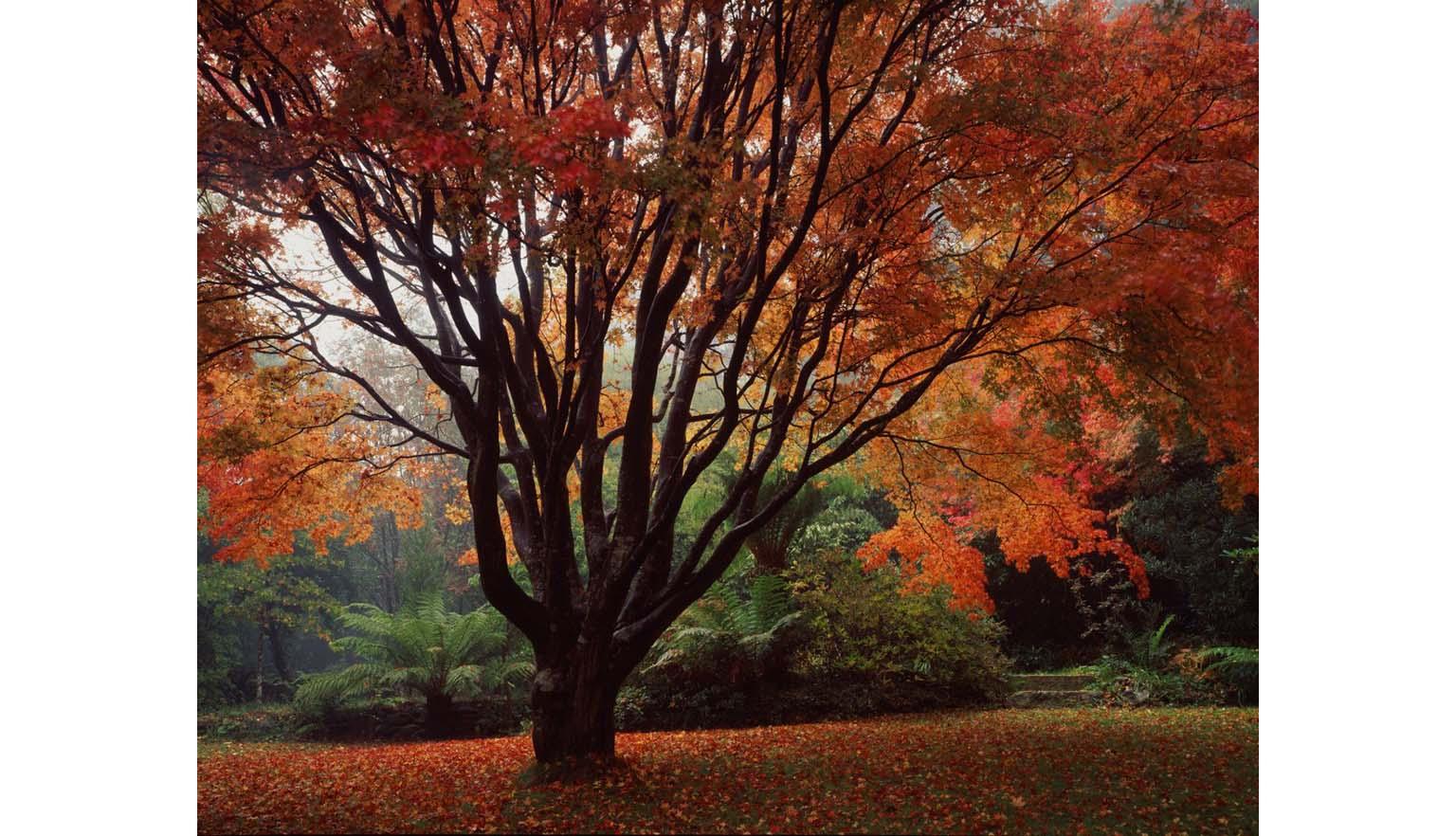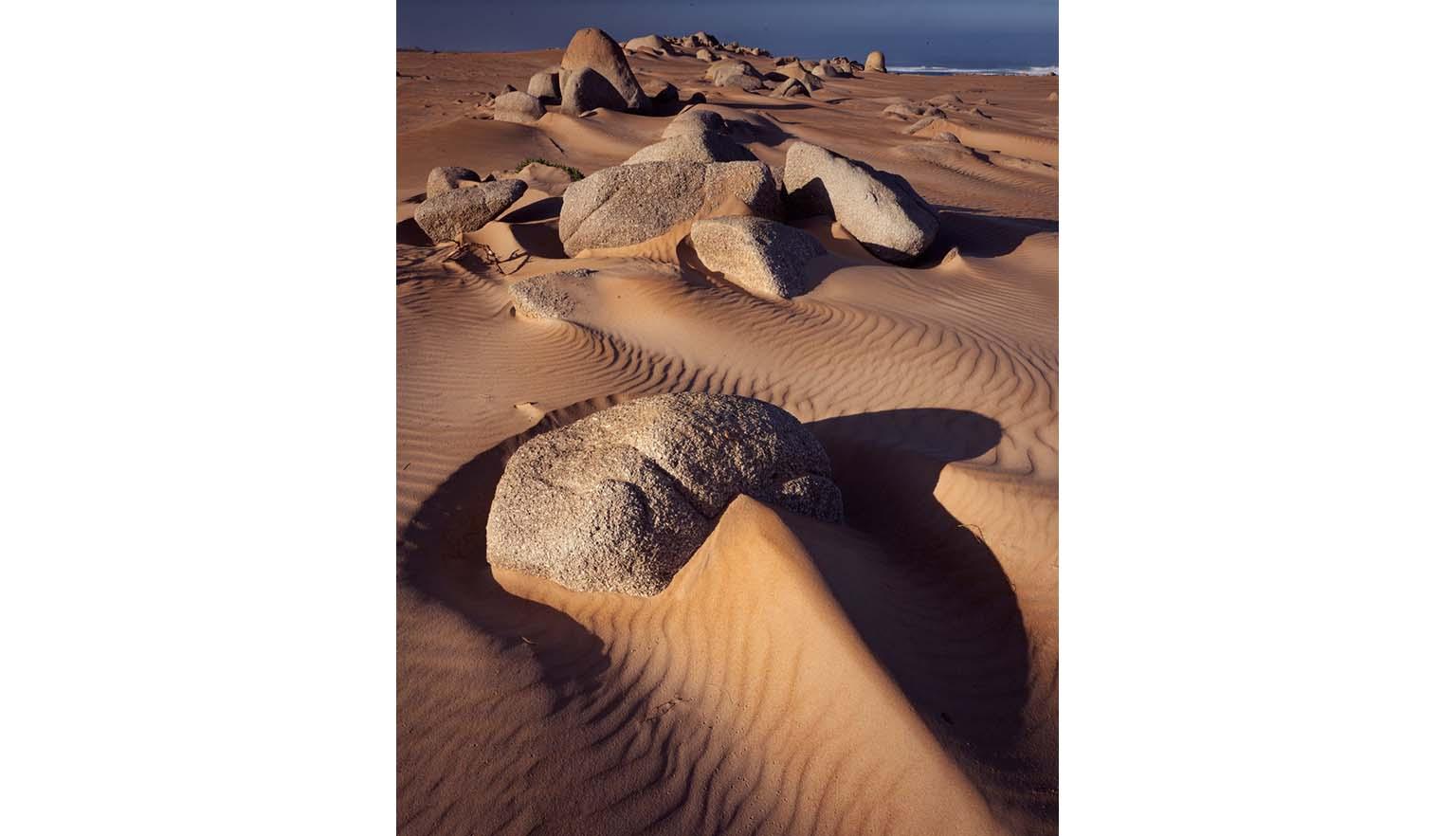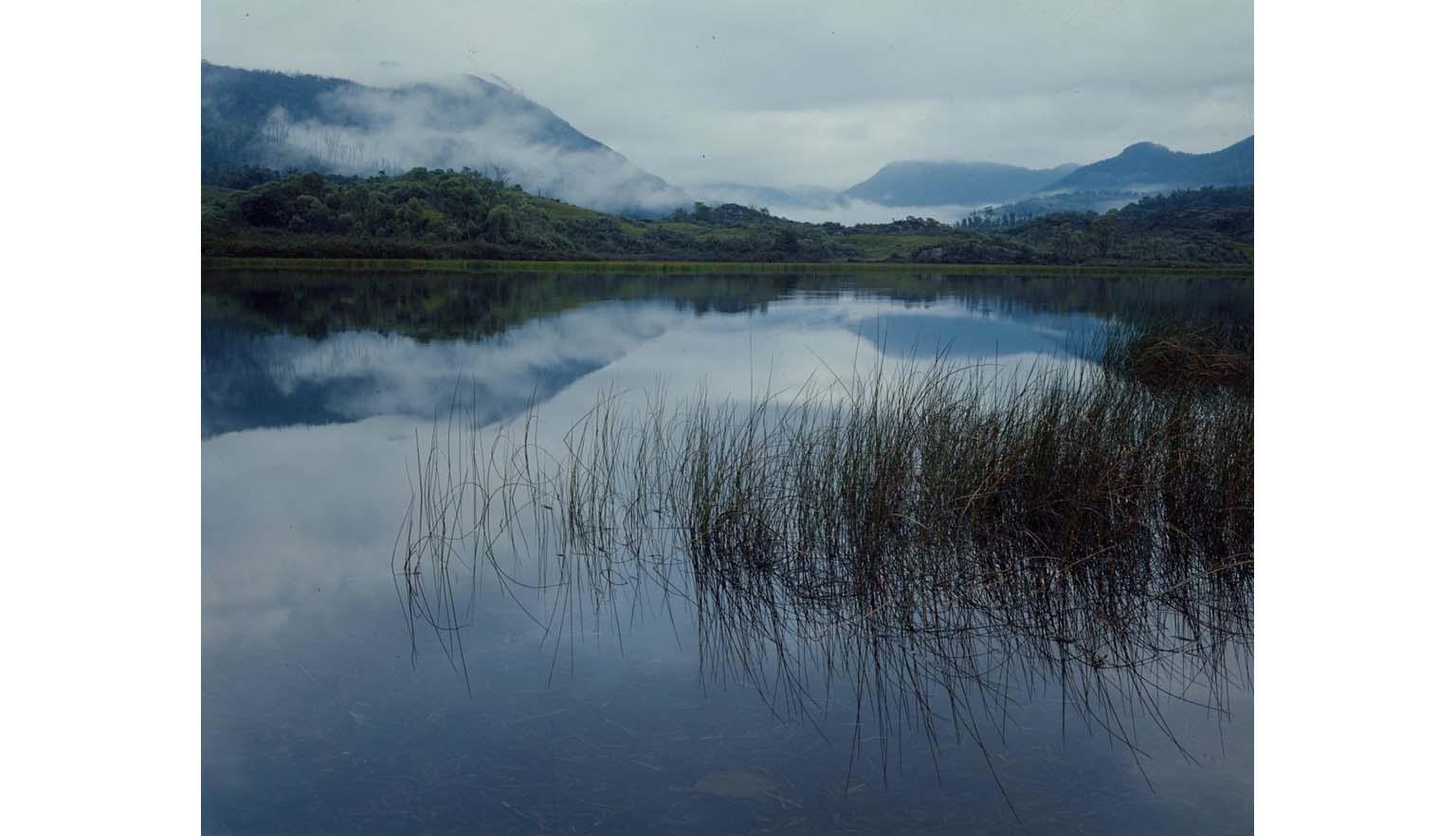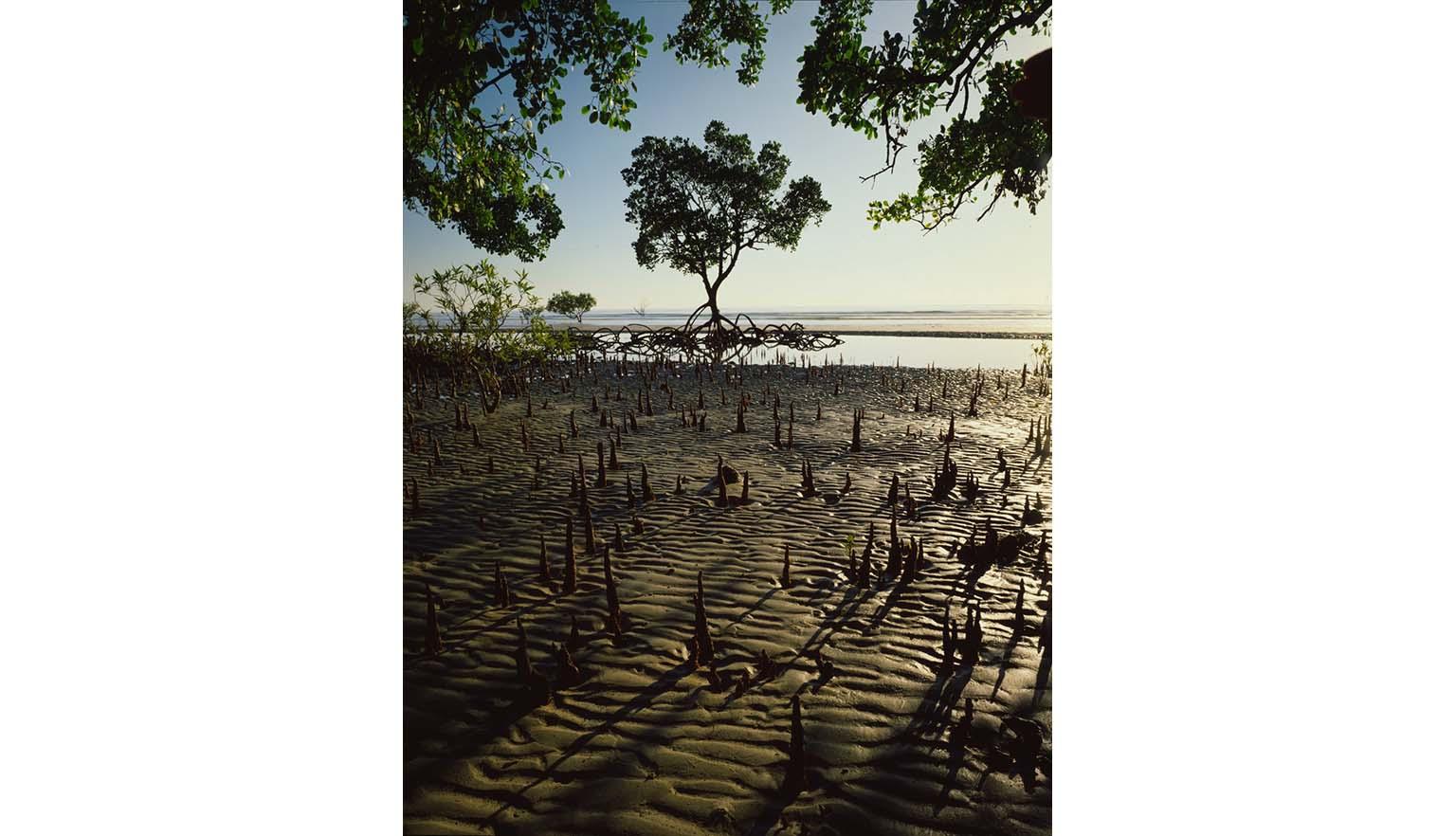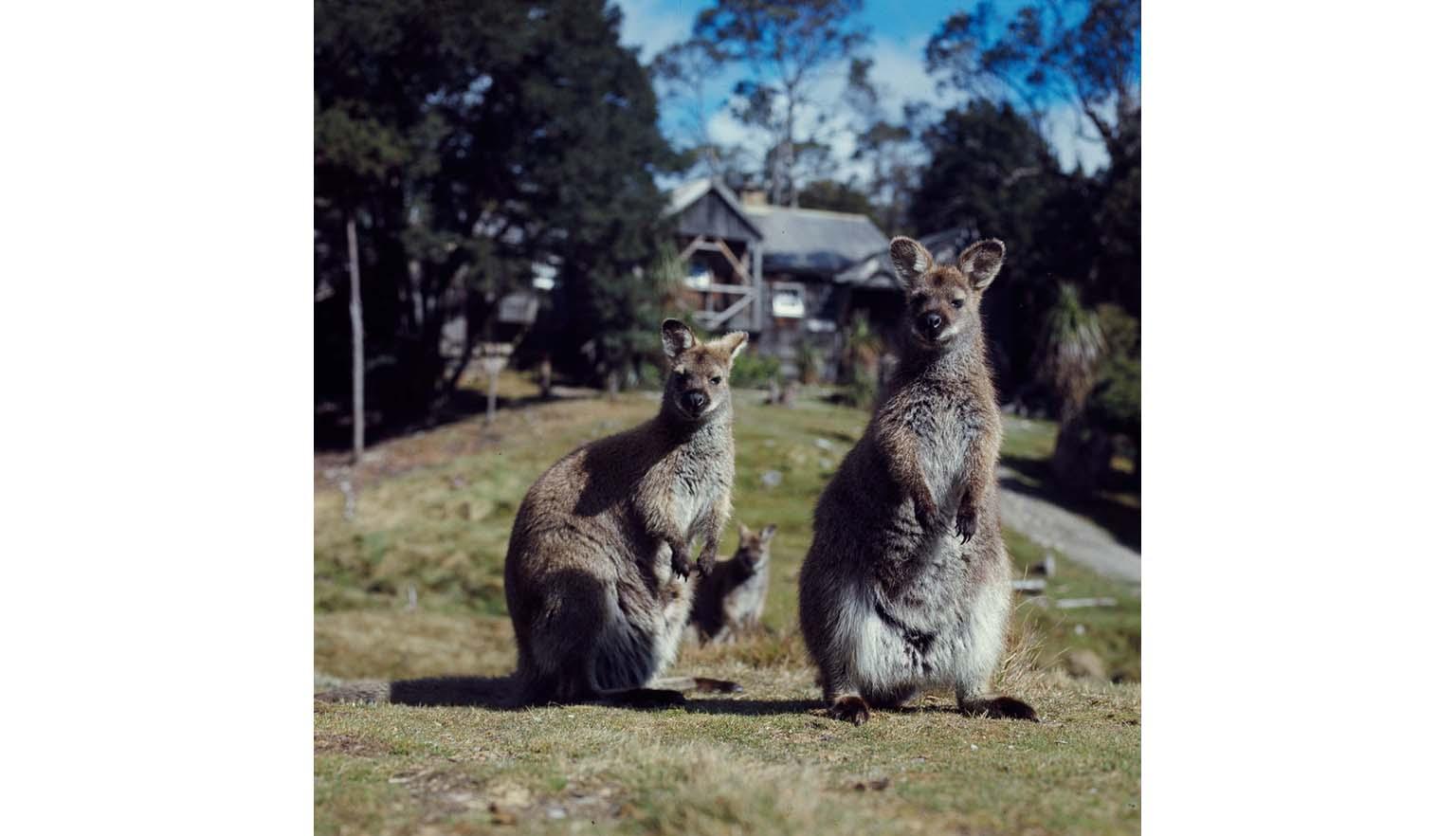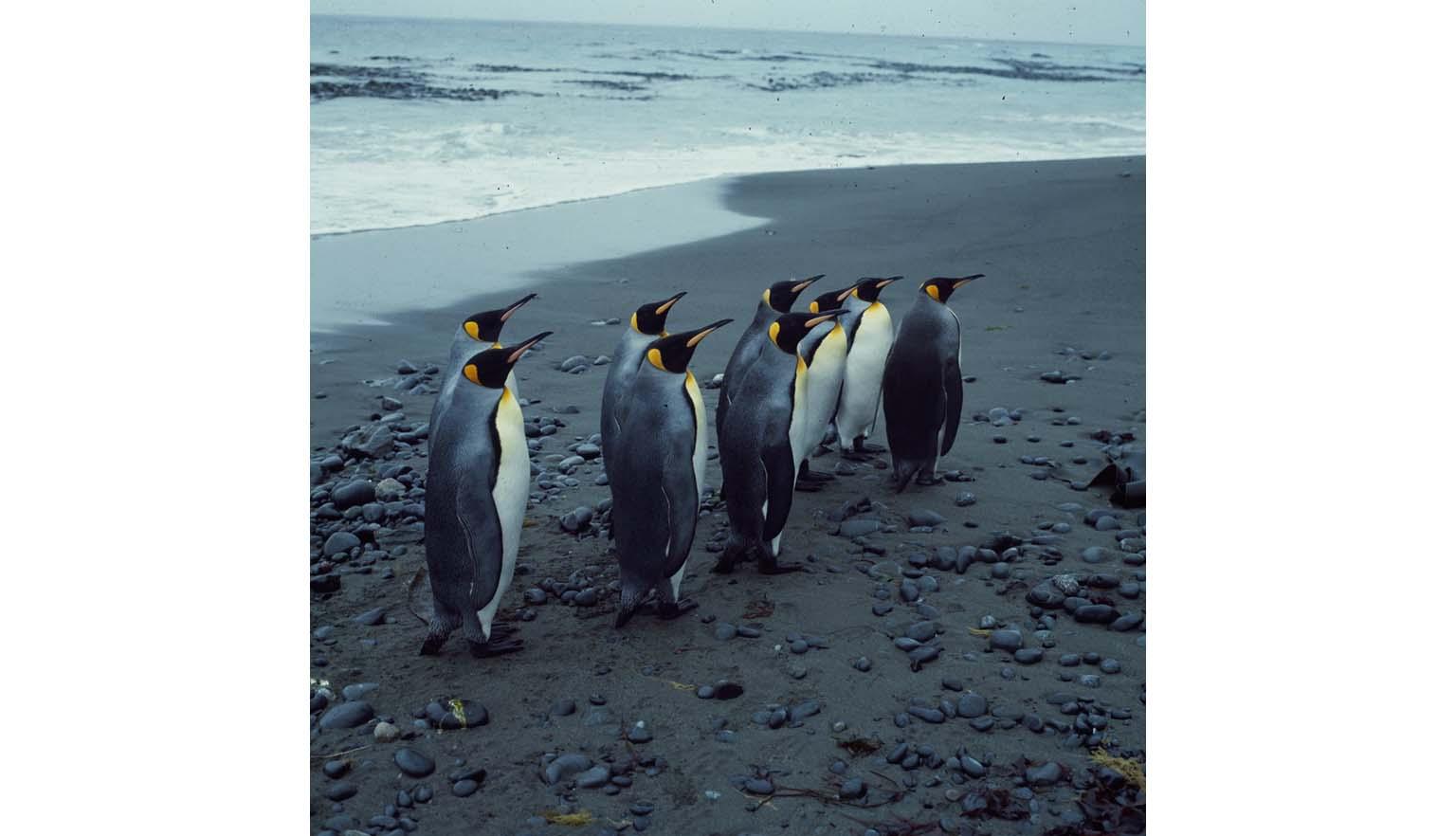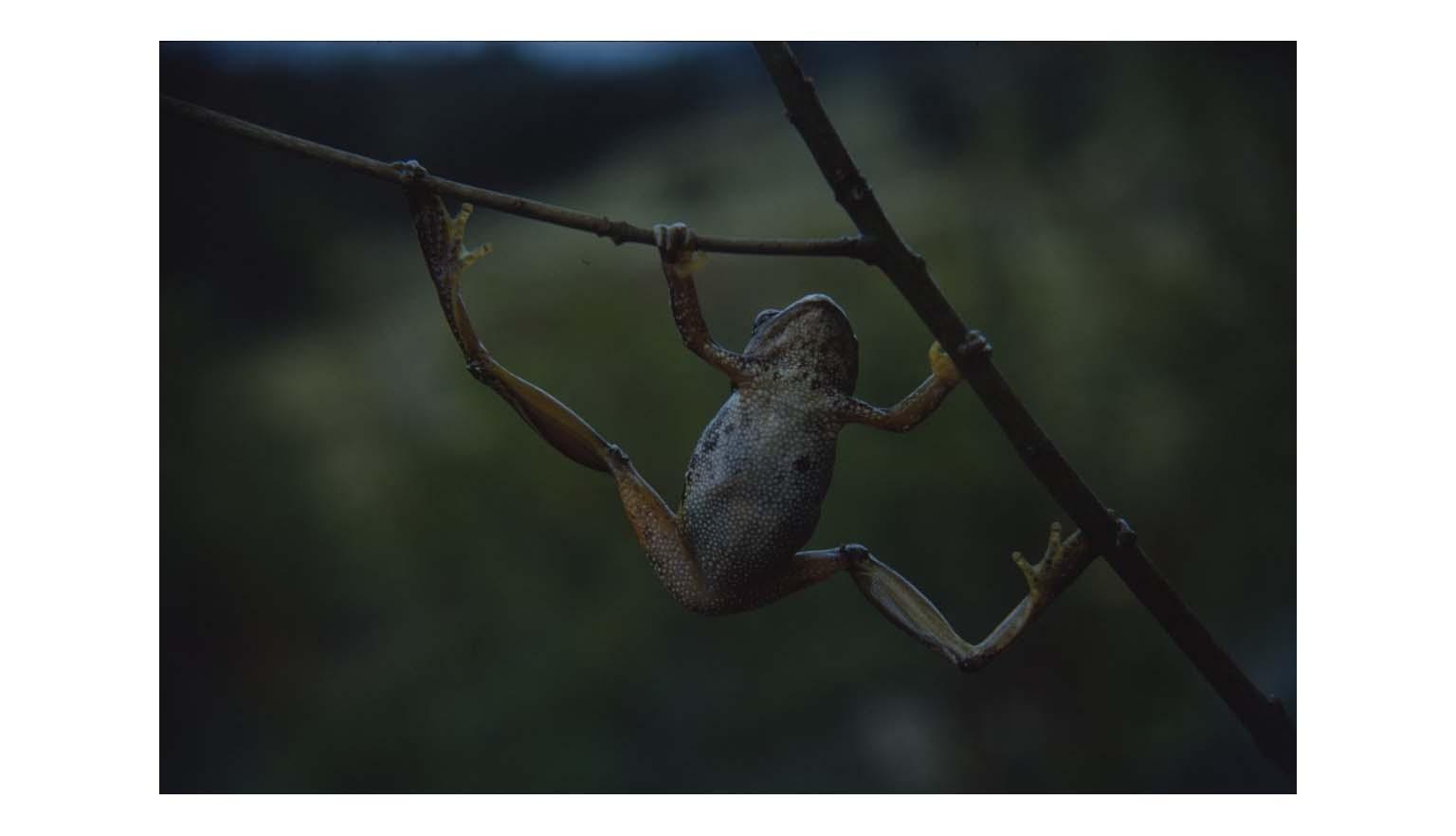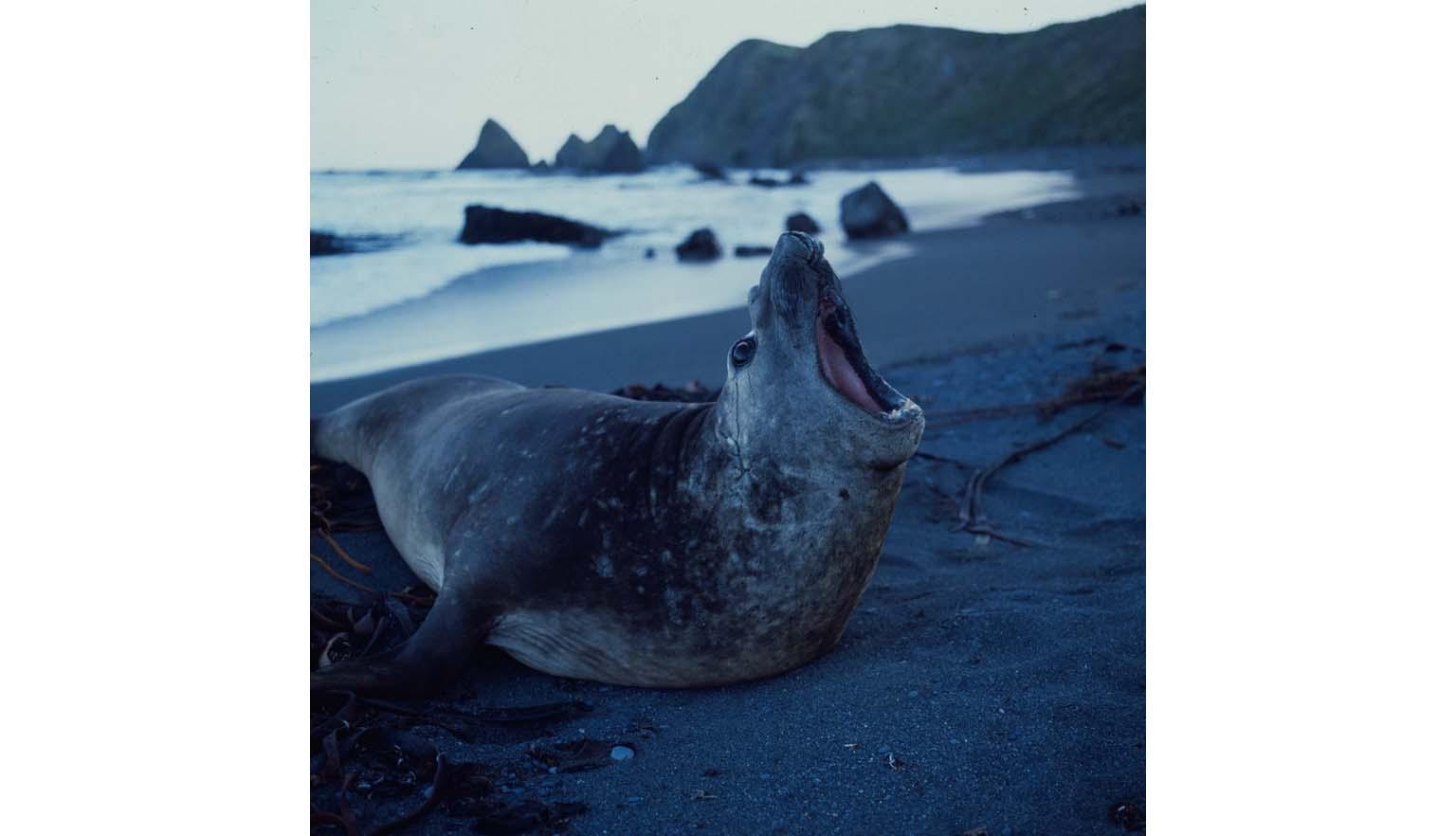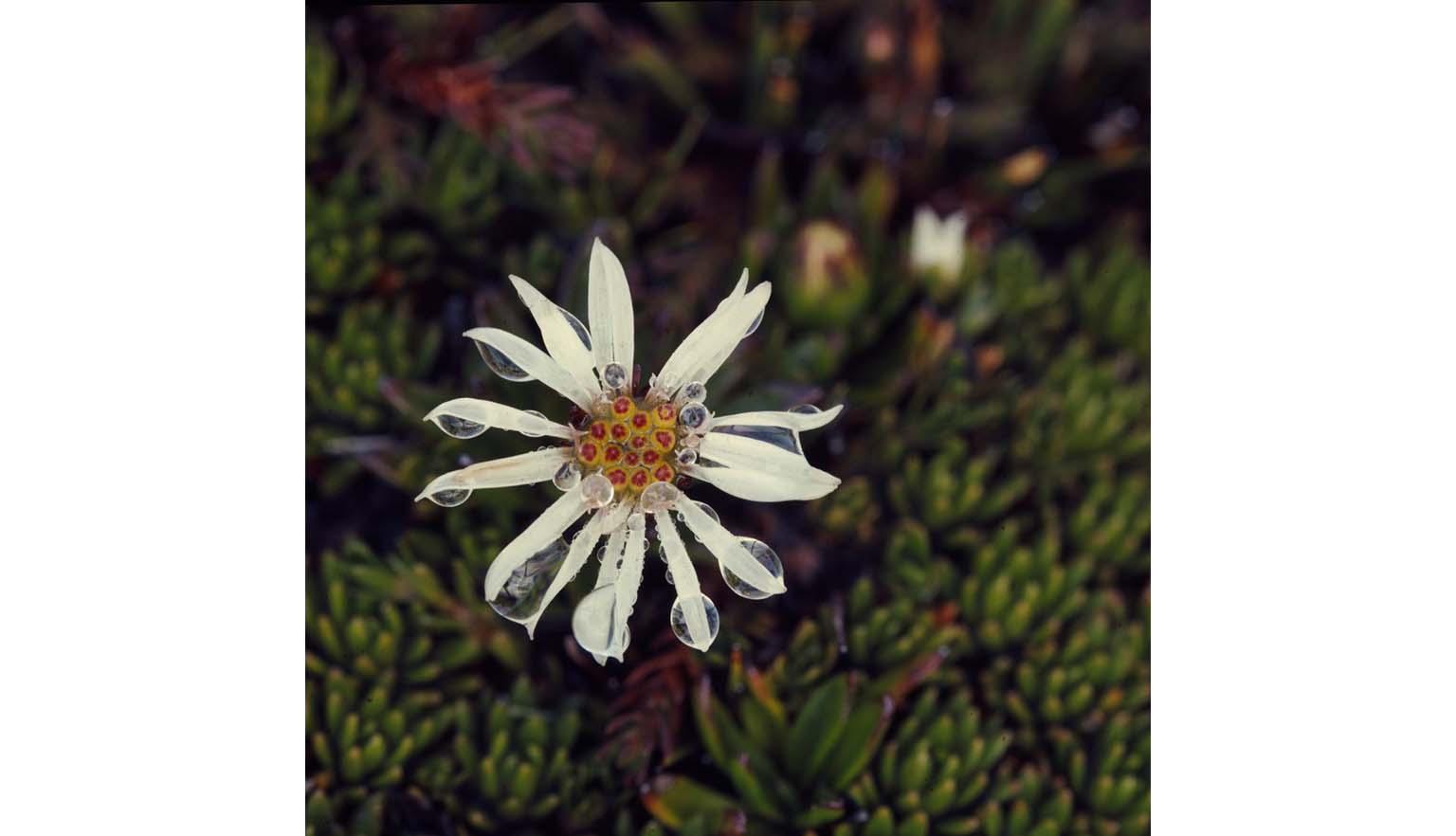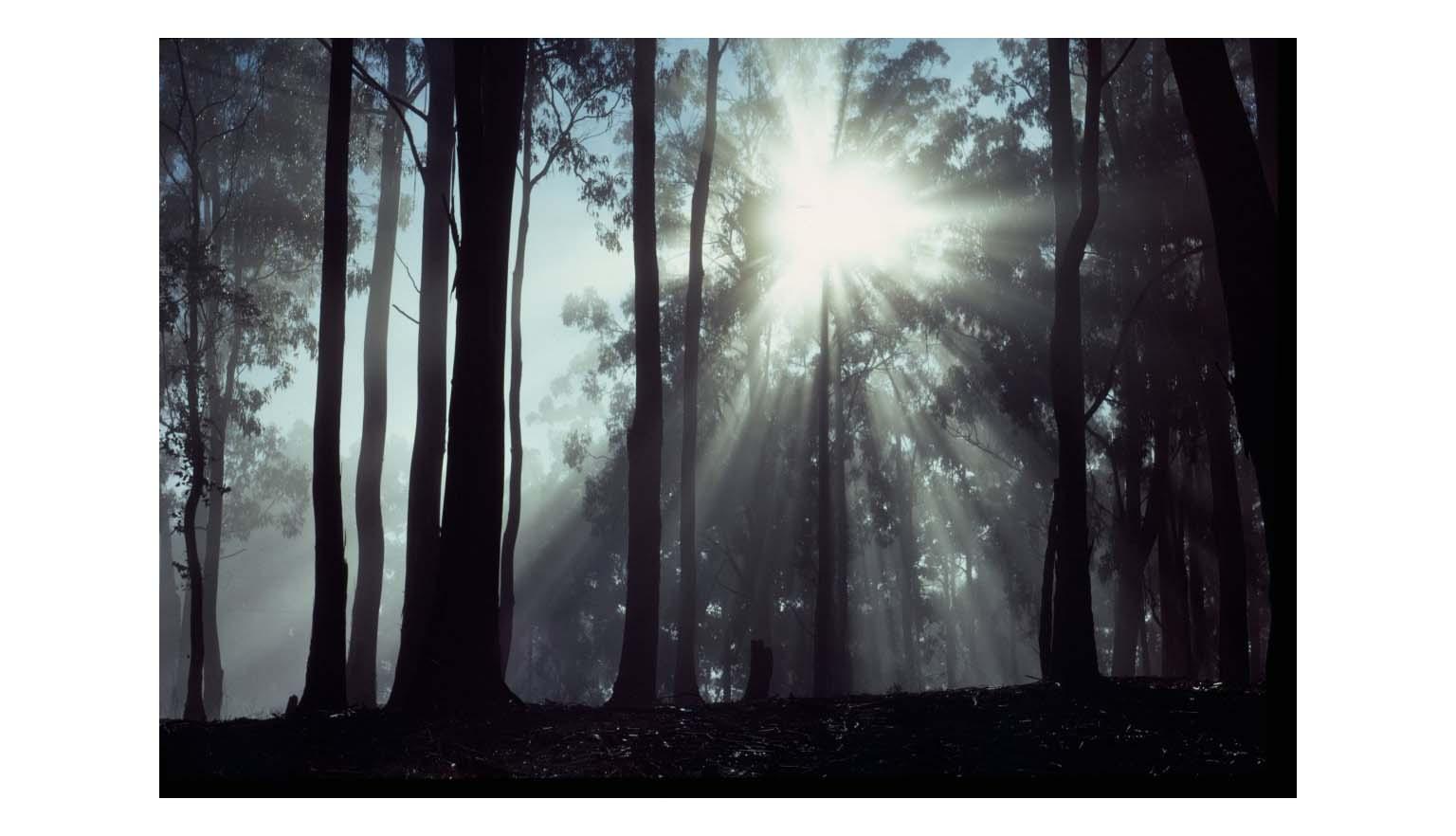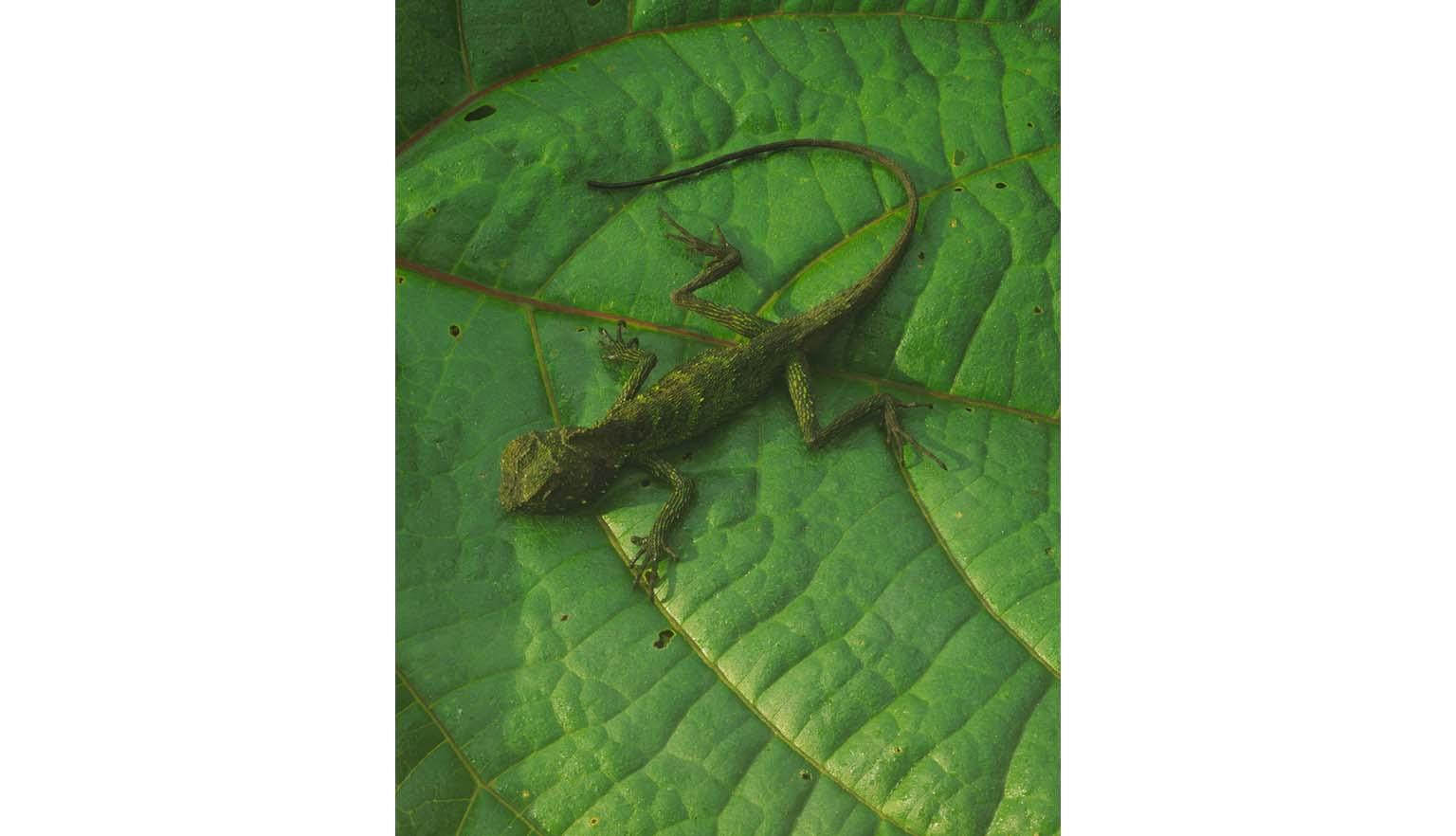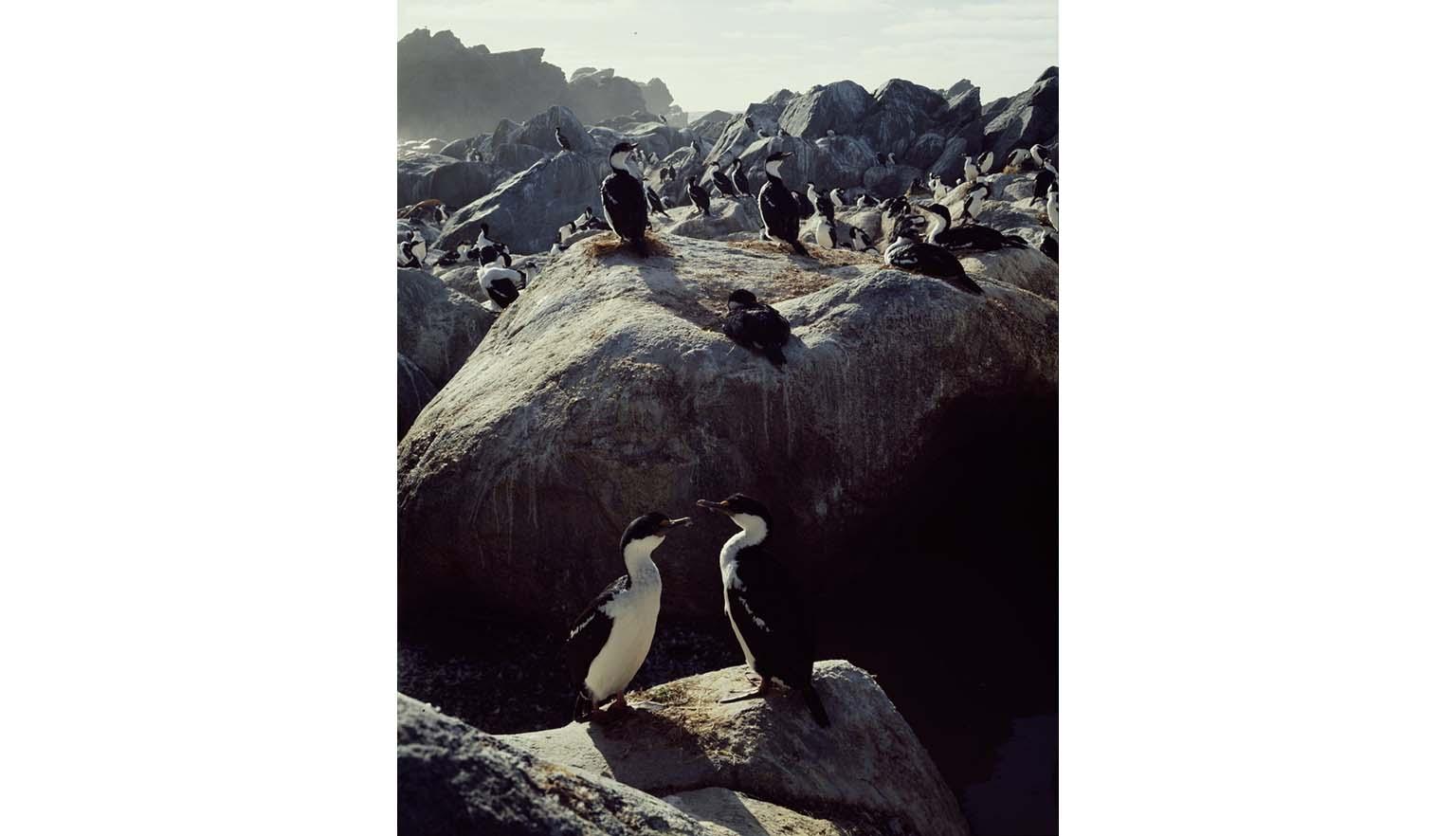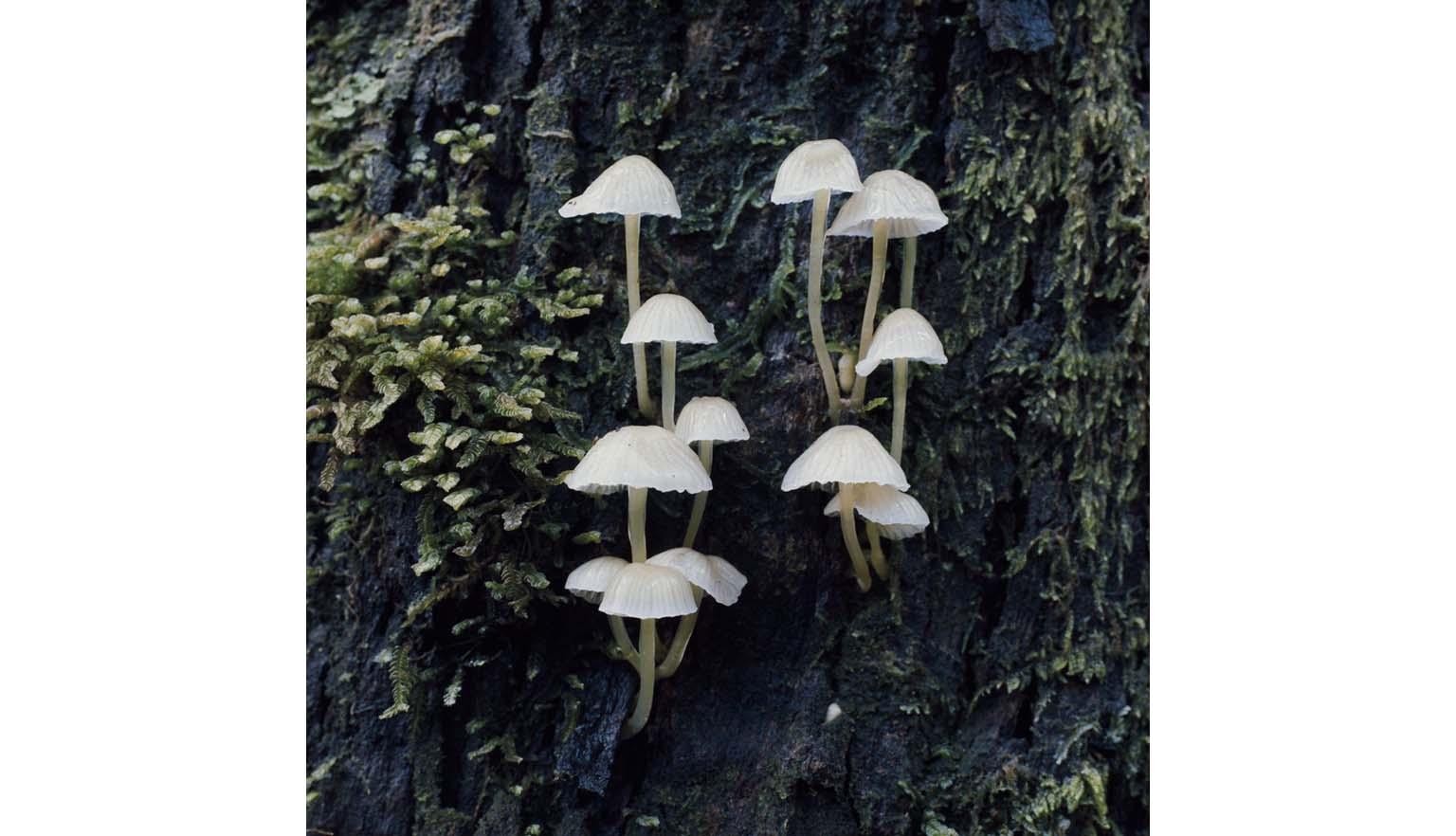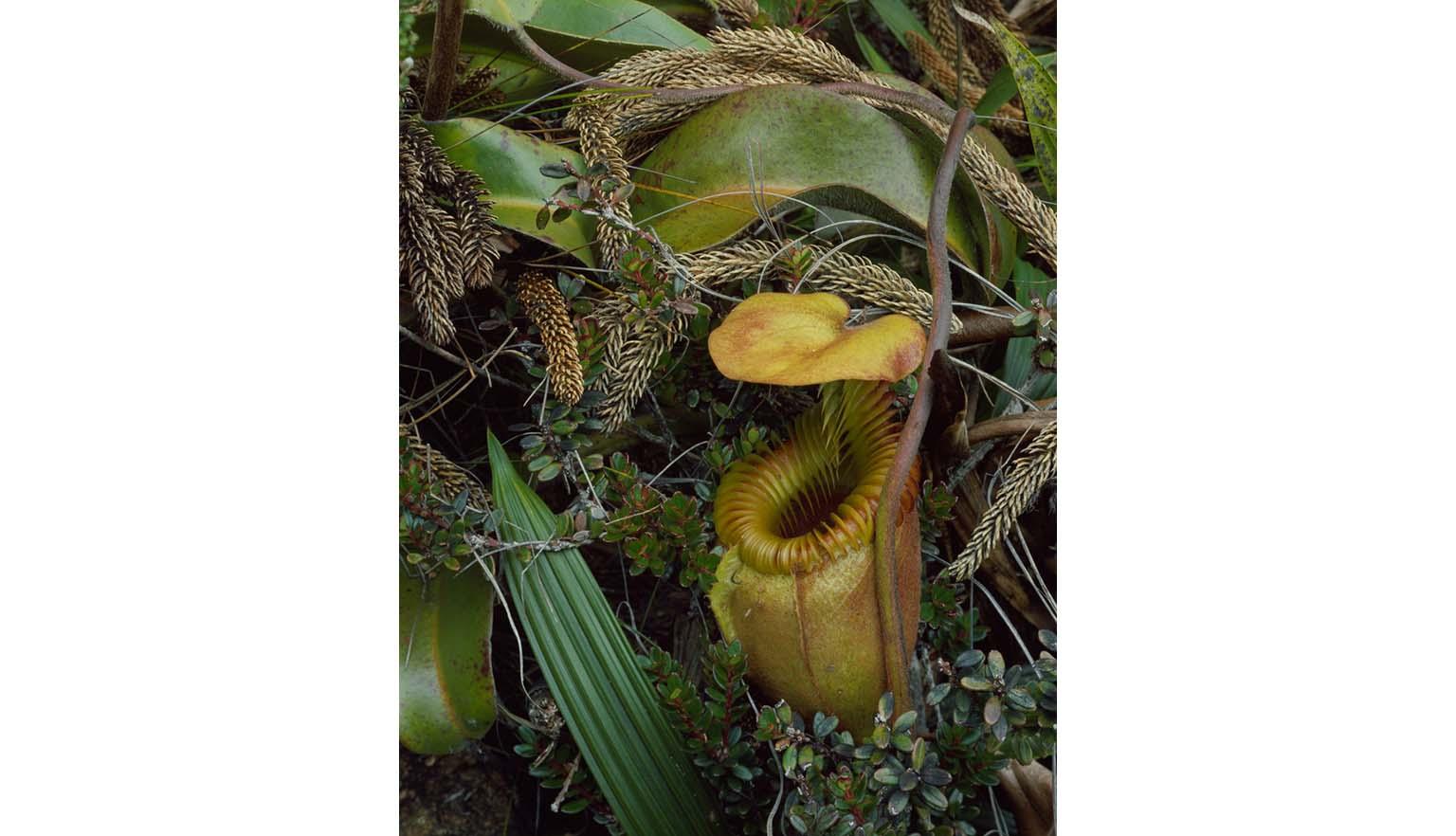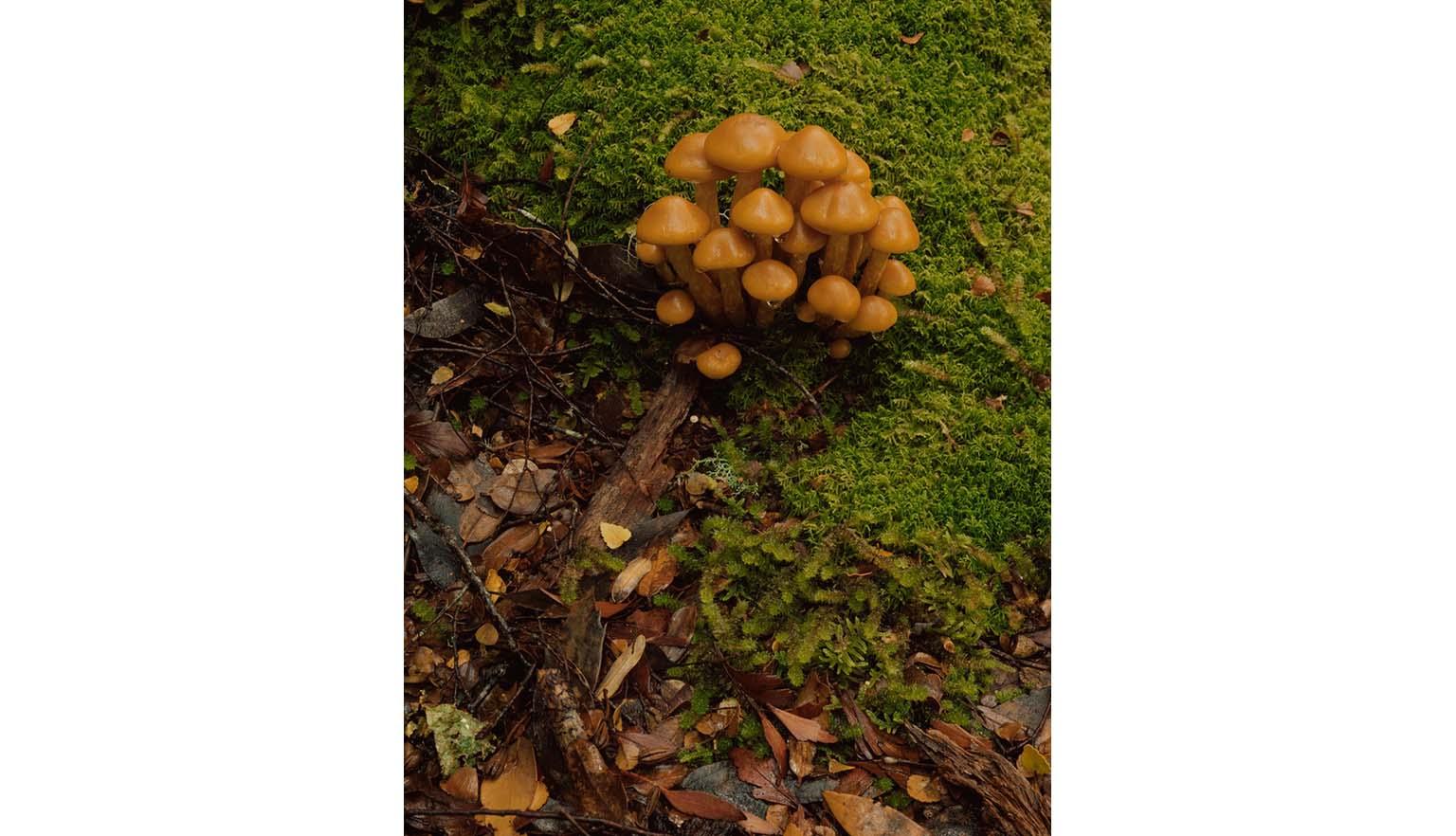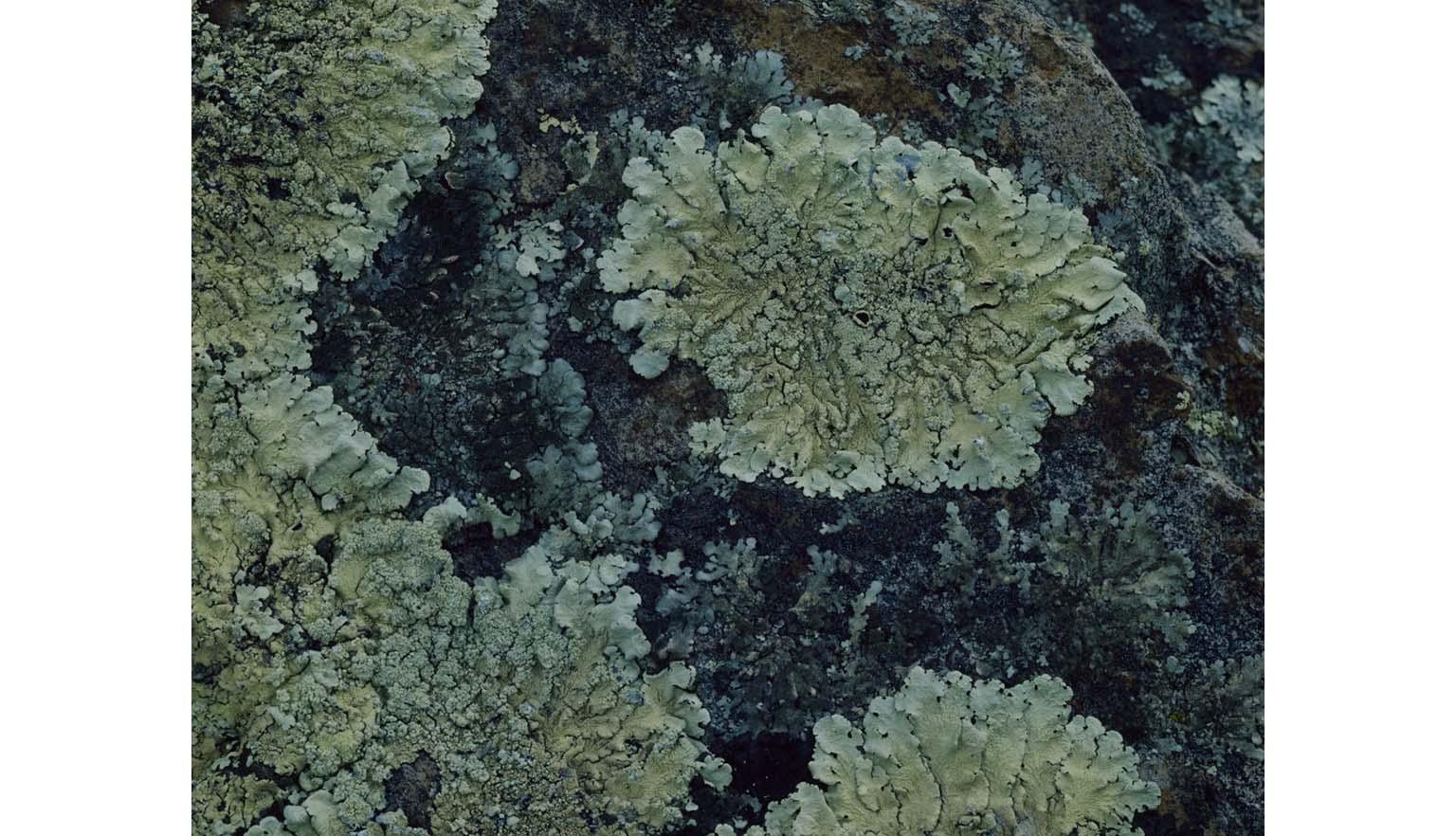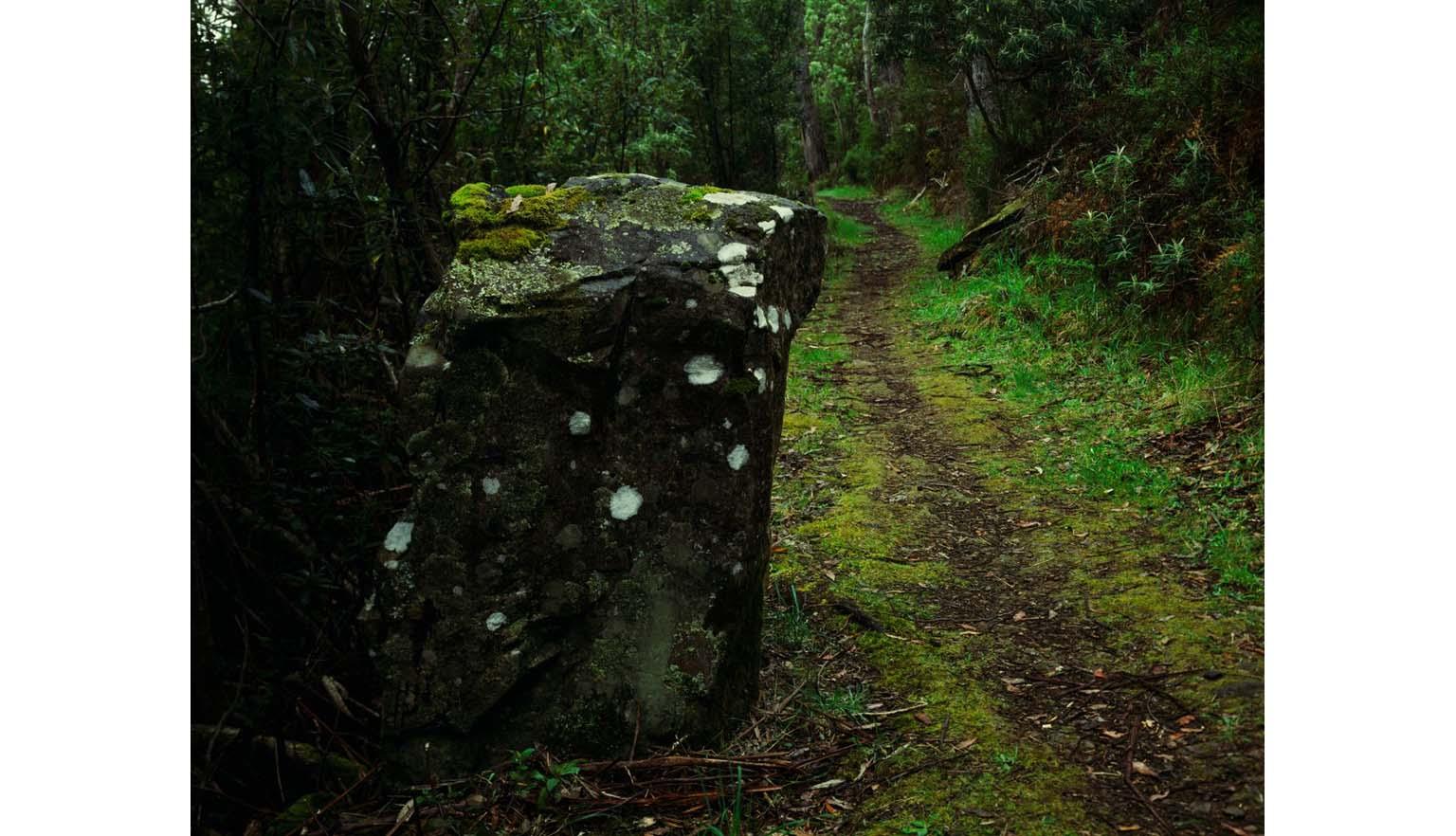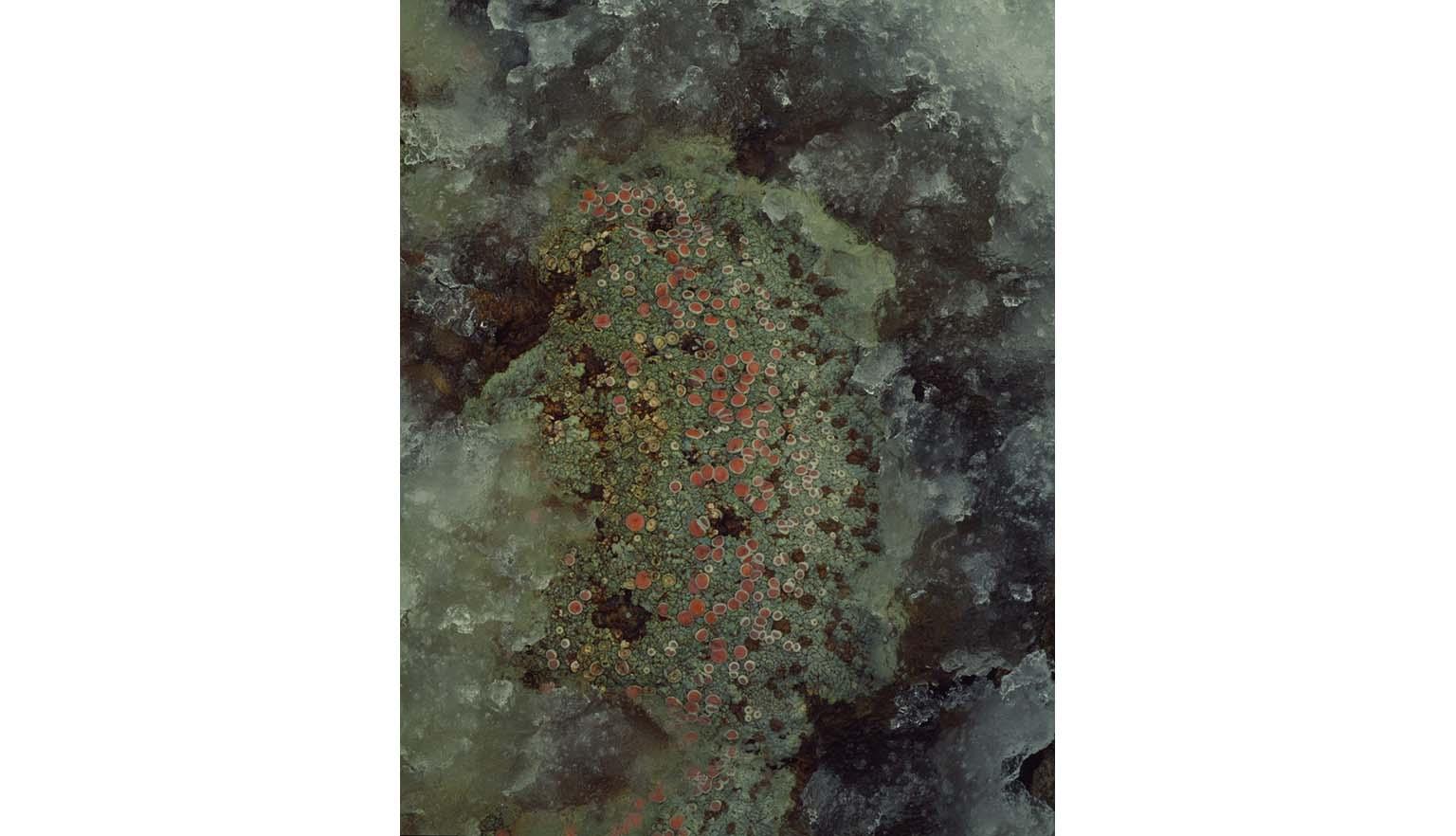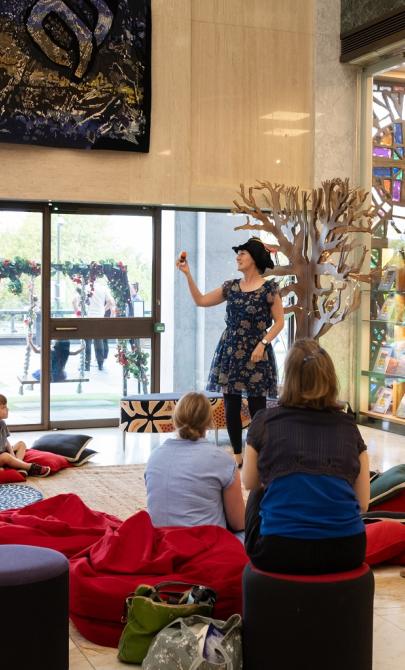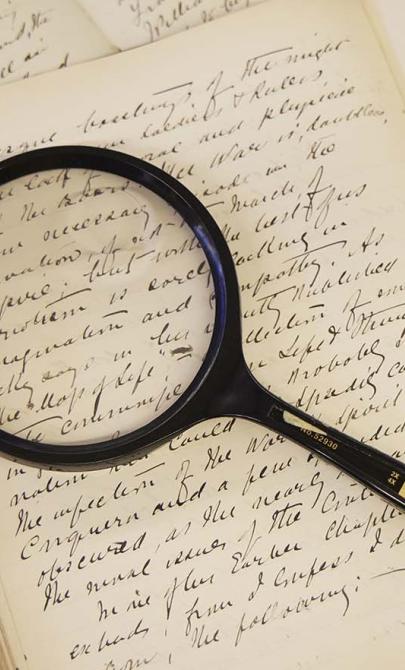Intertwined
In Australia, there are somewhere between 600,000 and 700,000 species of living things. Many, like the kangaroo and platypus, are found nowhere else on Earth.
Ecosystems
To support this array of life, our planet is divided into a wide variety of ecological systems, or ecosystems. There are many types of ecosystems, but broad examples include:
- Terrestrial (land) ecosystem
- Boreal (forest) ecosystem
- Groundwater-dependent ecosystems
- Montane (mountain) ecosystem
- Urban ecosystem
- Aquatic (water) ecosystem
- Freshwater ecosystem
- Lake ecosystem
- Large marine (ocean) ecosystem
- Marine (salt water) ecosystem
- River ecosystem
Ecosystems
An ecosystem is made up of every living thing within it, from the largest trees to the smallest organisms.
Just like its inhabitants, ecosystems come in a range of shapes and sizes. An ecosystem can be the size of an ocean and all life within it, or it can be as small as a single leaf, which can support life for insects and the animals that feed on them. A large ecosystem can also consist of many smaller ecosystems or communities of life.
A stretch of bushland can be considered one ecosystem, but the canopy of its trees can be considered its own ecosystem. The forest floor, covered in bark, branches and leaves, supports distinct life and could be considered an ecosystem too. Even the space under leaves and logs—home to insects and small reptiles—can be considered its own ecosystem.
Levels of organisation in the living world
- Individual: One animal (for example, a fish)
- Population: A group of animals (a school of fish)
- Community: Populations that live together in a defined area (animals and plants the fish eat, get eaten by, or shelter among)
- Ecosystem: The wider environment, including non-living things that support those communities
- Biome: A larger area with which the ecosystem is connected (for example, a lake is connected to its shore, surrounding plants and animals, and inflowing rivers)
- Biosphere: The term used to describe all biomes/ecosystems on Earth
- Biome: A larger area with which the ecosystem is connected (for example, a lake is connected to its shore, surrounding plants and animals, and inflowing rivers)
- Ecosystem: The wider environment, including non-living things that support those communities
- Community: Populations that live together in a defined area (animals and plants the fish eat, get eaten by, or shelter among)
- Population: A group of animals (a school of fish)
Flood
Rarely is there a distinct separation between one ecosystem and another. However, increasing urbanisation and human activities such as roads, mining and forestry have led to more abrupt transitions in the landscape.
Interconnected lives
The word used to collectively describe all the living things within an ecosystem is biodiversity ('bio' meaning life, and 'diversity' meaning variety).
Biodiversity includes plants, animals, humans, bacteria, and insects. The amount of biodiversity within an ecosystem can be a good indicator of the overall health of that environment. Some places on Earth naturally have higher amounts of biodiversity than others—particularly tropical and subtropical regions that can sustain huge varieties of plant life.
Countries like Australia, China, Brazil, and Malaysia are considered mega-diverse, with many species found nowhere else on Earth.
Roles within an ecosystem
Every plant and animal has a role in sustaining the ecosystem in which it lives. Even rocks and minerals are important.
Living creatures tend to fall into three main categories:
Producers - Typically plants and algae, who get their energy through photosynthesis.
Consumers - Animals that eat producers (primary consumers) or other animals (secondary consumers).
- Decomposers - Organisms like fungi, bacteria and some insects, which break down dead plants and animals and recycle nutrients.
Each organism forms part of a food chain, which connects with others to create a food web. Changes to these webs—such as deforestation, over-hunting or pollution—can cause ecological imbalance or collapse.
Natural disasters like bushfires, floods and climate changes can also disrupt ecosystems. Some may take decades or centuries to recover, adapt to new conditions, or, in some cases, never fully recover.
The role of rocks and non-living things
Rocks and non-living things also play a vital role in ecosystems:
Rocky outcrops provide habitat for plants, moss and fungi.
Rocks can warm up in the sun, helping plants and animals thrive.
Fallen trees and rocks offer shelter for animals.
Rocks allow plants and animals access to more sun, water, and air.
Learning activities
Activity 1: Biodiversity hunt
As a class, make a list of local plants and animals, both native and introduced (don't forget insects!). Categorise them as plants or animals, then further classify by type (bird, mammal, reptile and so on). Discuss and categorise them as producers, consumers, or decomposers.
Activity 2: Mapping micro-biomes
Create or print a map of the school. In groups, explore the yard and identify different micro-biomes or habitats (for example, sports oval, shaded gardens, hot asphalt areas). Compare plants and animals found in each.
Activity 3: Habitat design
Choose an animal or have students pick a favourite. Design a garden that would suit that animal’s needs, considering temperature, shelter, plants, and other species needed to support it.
